

May 5, 2025 – The 2025 Pritzker Architecture Prize ceremony was held in Abu Dhabi and Chinese architect Liu Jiakun was awarded as the 2025 Laureate. Thomas Pritzker, Chairman of the Hyatt Foundation, which hosts the Pritzker Prize, presented the medal to Liu Jiakun. The Pritzker Prize is renowned as the highest honor in architecture. His Highness Sheikh Khaled bin Mohamed bin Zayed Al Nahyan, United Arab Emirates Abu Dhabi Crown Prince and His Excellency Yiming Zhang, Chinese Ambassador to United Arab Emirates, Pritzker Prize jurors, former Laureates, architects and 200 guests attended the ceremony. Liu Jiakun delivered a speech at the award ceremony. The full text of his speech is as follows:
Good evening everyone!
I'm Liu Jiakun, from Chengdu, Sichuan Province. The Sichuan basin is in south-western China, adjacent to the Qinghai-Tibet Plateau. It is famous for giant pandas, spicy delicacies, as well as laid-back attitude and inclusive culture.
Thank you, the Jury! Your recognition is a great encouragement to me. The work I did intuitively has become clearer after your summarization. Your comments resonate with my heart, to be long cherished.
Thank you, the Pritzker family! Cindy, I believe you can receive my gratitude! Thank you for your love, perseverance, and generosity towards architecture. I have memorized Mr. Tom Pritzker's comment, "philosophically looking beyond the surface." I will keep it in mind, and I will also keep looking beyond even more.
Thank you, my clients. Without your trust, support, and willingness to take risks, many of the buildings would not have been possible.
Thank you, my colleagues. Together we’ve been working so hard on so many drawings. I promise you, sentences like "This is not urgent, but it must be done quickly" will probably be said more often in the future.
Thank you, my friends. You make me take root in daily life. I have drawn a lot of inspiration from you.
Thank you, my family, you are the foundation of my life. I especially want to thank Martin Liu, you have been working intensively during this period. I hope you will compose great music in the future, as the saying goes, "music is fluid architecture."
Thank you, the three cats in our studio. "Petting cats is chill," the tactile experience is irreplaceable.
Thank you Ms. Manuela and Ms. Daniella! You are the ones who brought the good news. I was just having a headache when you called, after I put down the phone, the pain was gone!
Architectural awards obviously have a magical healing effect on architects, buildings should have the same effect on their users, I suppose.
What can architecture achieve?
To measure the importance of a cause, we can look at the materials it uses: politics takes the fate of a nation as its material, economy takes the circulation of wealth as its material; we can also look at cultures, arts, science and technology, religions...
And for architecture? Architecture uses bricks, stones, earth and wood as its materials. At first glance, this may seem not so promising, as these are all physical substances. However, matter came into being at the beginning of this world and is older than all the things mentioned above. Almost all the substances on the earth have been touched by organic creatures. Everything has a spirit. Architecture uses matter as its material to solidify and represent all of the above. Once a building is completed, it is no longer a metaphor, it is Being, an ontological existence. Architecture is about manipulating matter until the spirit emerges from it. Architecture builds something out of nothing, participating in creation, which is originally the work of gods.
Architecture is complicated: it requires comprehensive thinking and concise presentation; it relies on data but is ultimately determined by intuition. Architecture is “non-verbal,” not so easy to calculate, and I think AI should listen to this.
"Living in harmony with nature" is an ancient wisdom of Chinese civilization. For an ant nest, the grassland is nature, for a villager, both the ant nest and the grassland are nature. For a city, the village, the ant nest, and the grassland are all nature... A city is an "ant nest" built by humans and doesn't necessarily have to be in opposition to nature. "Nature" and "construction" have a relationship of both contradiction and balance, and it all depends on our effort.
Every place is a local place for the locals. If the local has no depth, the global is just a fleeting cloud. Wherever it is, a building has to be precisely located, therefore “adapting to locality" can be a methodology applied to different places.
Tradition embodies the spiritual fantasy and self-identification of an ethnic or cultural group. The core of tradition is not the inherited models, but the worldview that has been passed down to this day. After all, we live in the present.
Utopia and mundane life are like the two ends of a seesaw. Revolution is easy, balancing is difficult.
"What do you want, brick?" Just as Louis Kahn asked the brick, we can also ask a project, what do you want? Focus on the object and give form according to its essence. Let go of the ego, then it will be possible of mobilizing greater forces. Embracing the other within the order can create a harmonious symphony.
Style is a double-edged sword. It is beneficial for being recognized, it can also become limitation. But a unified methodology can endow works with different appearances with a common temperament, recognizability should be the artistic individuality conveyed through a series of works.
The most touching aspect of architecture is its clumsiness and sensitivity, like that of an elephant. Refinement is just one of countless standards, the road to perfection might also lead to the inhumane. The "sense of incompleteness" is not the same as "unfinished construction,” but an inducement for growth. Materials and methods are neither new nor old in themselves, it all depends on where they are used. Rusticity preserves the passing of time. Architecture needs to safeguard its primal instinct while constantly seeking newness.
Will the work we love so deeply be replaced? I think not. Architecture is closely intertwined with the fate of humanity, it will evolve and renew itself, as it has always been doing. As long as humanity does not perish, architecture will not either. On some sleepless nights, I would suddenly realize how lucky I was to be involved in architecture, and how close I was to give it up. When I questioned what architecture can provide, it indeed has brought me some return. When I asked what I could give to architecture, then I have gained much more, sometimes, it even helped me to overcome Nothingness.
Architecture is supreme. Thank you, architecture!
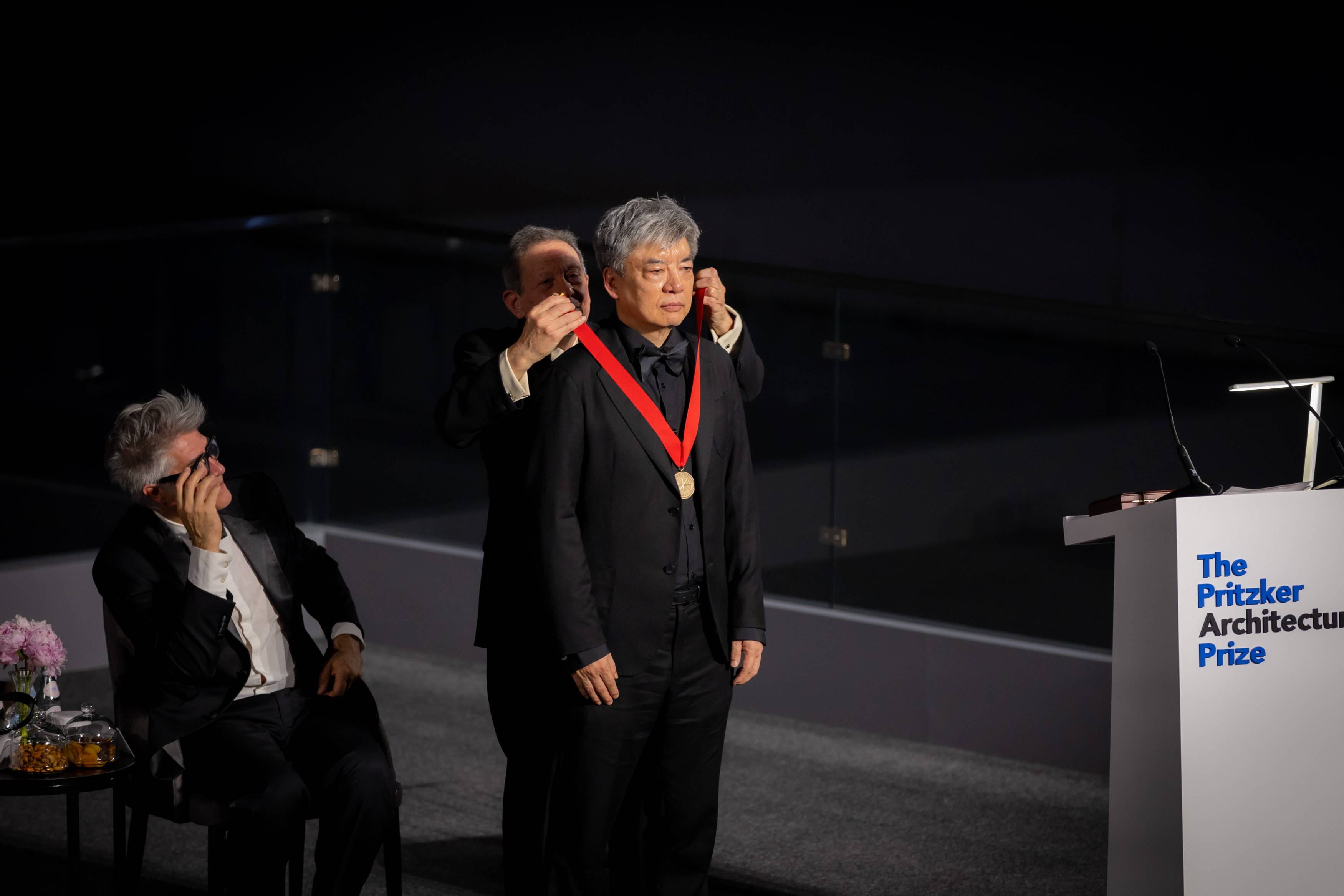
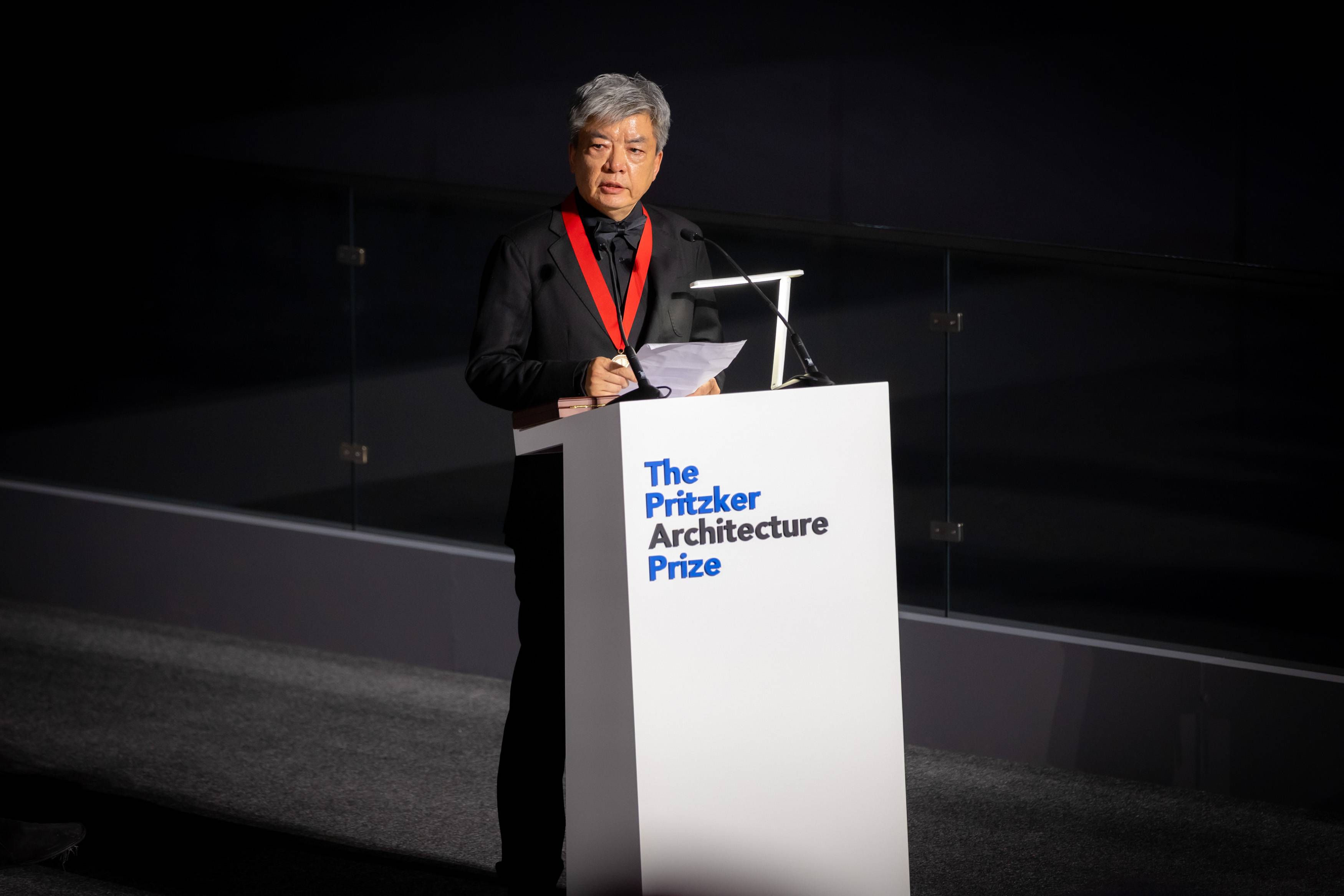
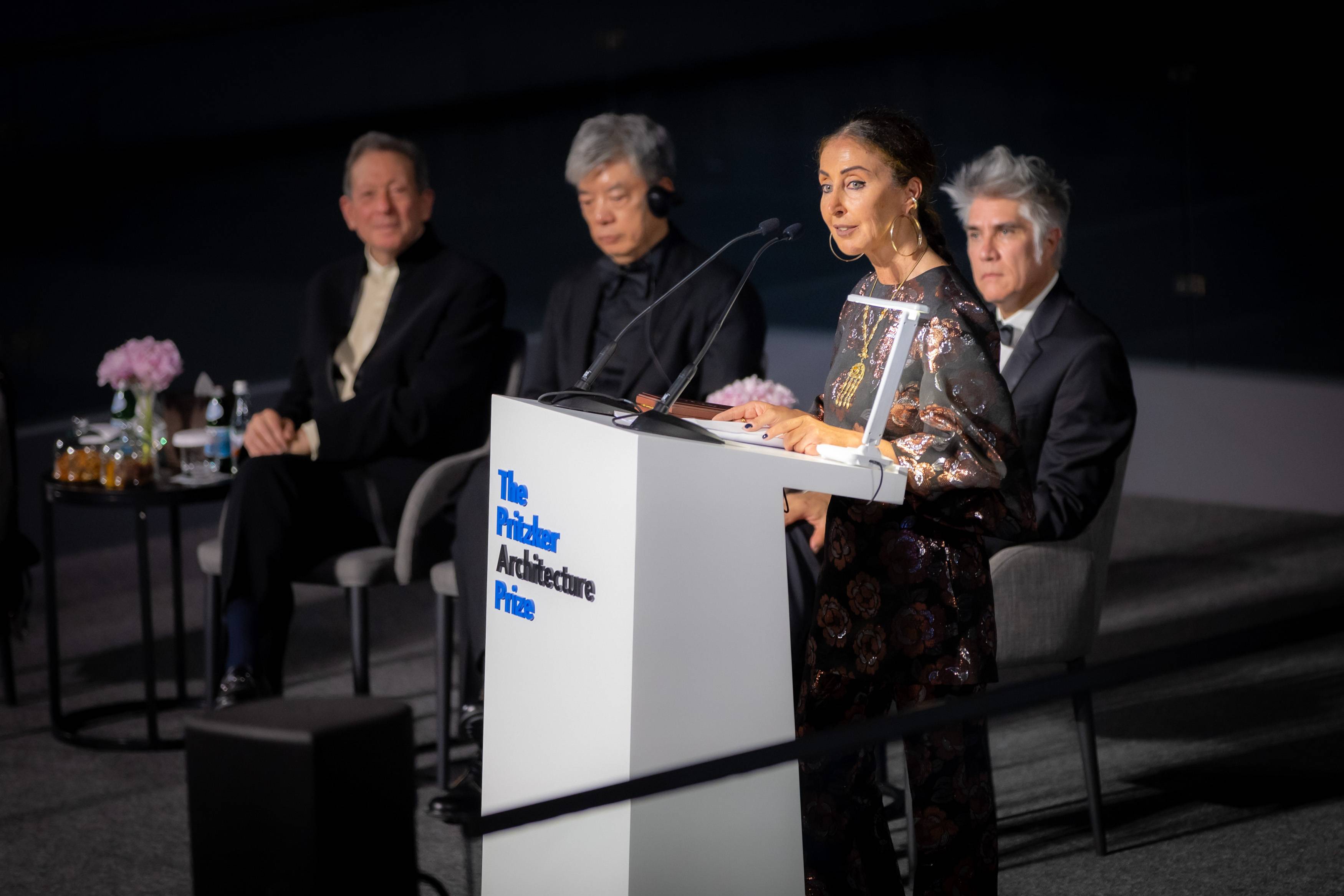
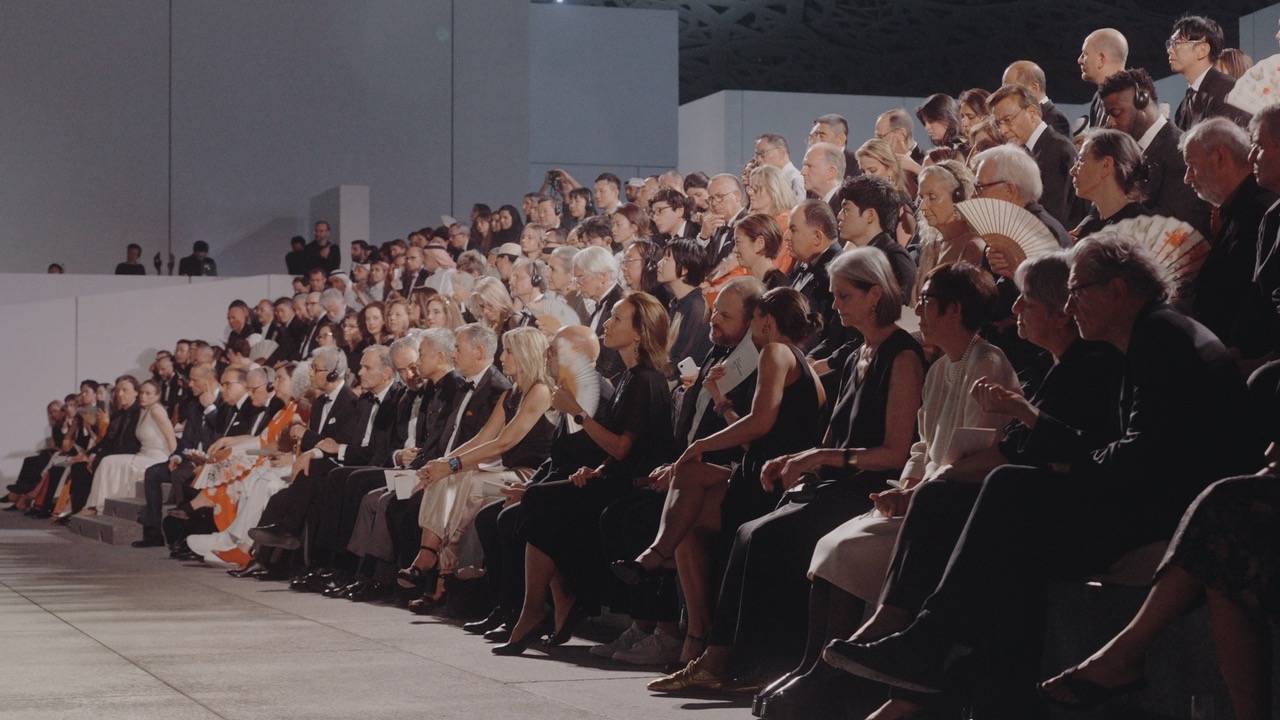
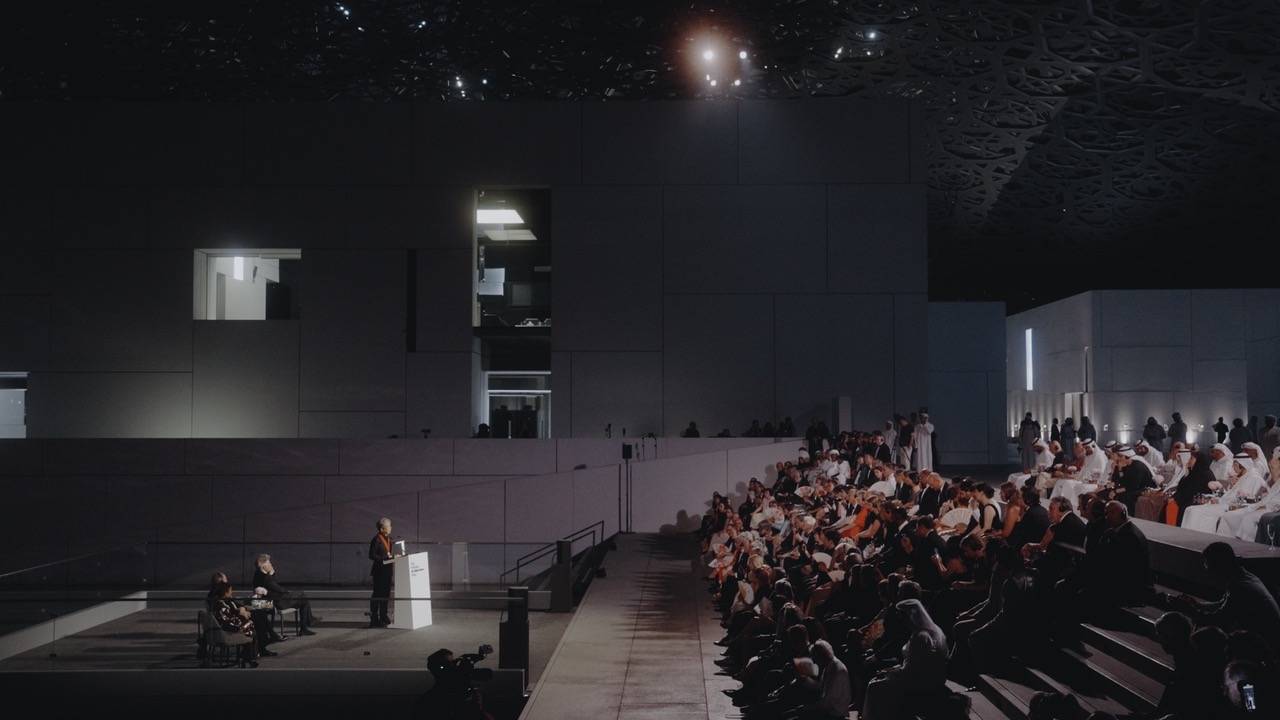
Photo Courtesy by Pritzker Architecture Prize